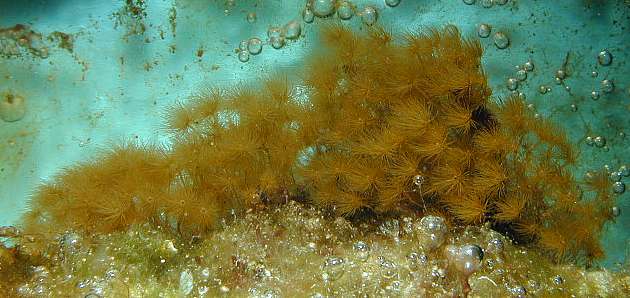
Zooxanthellate hydroids, probably Myrionema sp.. These hydroids contain symbiotic zooxanthelae much like corals and anemones. This species has also been called stinging hydroids, but I have not felt any sting from them. (60G)
Hydroids are basically simple anemones. They are found in marine environments and are the only freshwater representatives of the phylum Cnidaria. Most display a polypoid form, but some species only have a medusoid form. There are some forms that exist as solitary polyps such as Hydra, but most are colonial.
Unfortunately, there are few generally available books or guides to identifying hydroids and, other than a few species, most you will not be able to identify other than recognising that they are hydroids.

Zooxanthellate hydroids, probably Myrionema sp.. These hydroids contain symbiotic zooxanthelae much like corals and anemones. This species has also been called stinging hydroids, but I have not felt any sting from them. (60G)
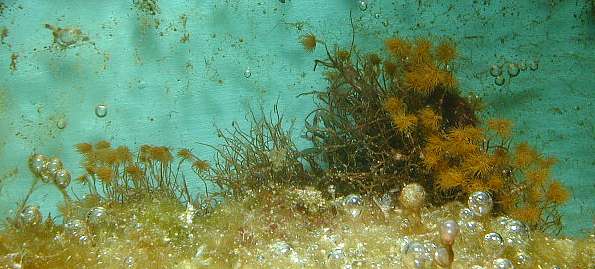
Something is eating the hydroids. The colony will almost completely vanish over the space of a few days and the regrow in another few days. The culprit could be a limpet on the same rock or it could be the sea hares. (60G)
 Hydroid. These are often seen on the front glass. The centre sphere is 1-2mm in diameter and the tentacles reach out to 4mm. (60G)
Hydroid. These are often seen on the front glass. The centre sphere is 1-2mm in diameter and the tentacles reach out to 4mm. (60G)
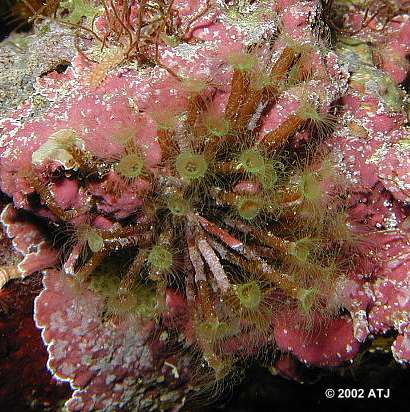
Colonial athecate hydroids (50G 2)
I have seen no jellyfish hitchhikers in my tanks, however, some may enter our tanks with water changes, if natural seawater is used.
This is the largest and most familiar group of cnidarians. There are over 6000 species and they are all marine. This class is sub-divided into 3 subclasses: Ceriantipatharia, Octocorallia and Zoantharia.
There are no black corals or tube anemones in my tanks.
While the octocorals are a varied group, they can easily be identified as octocorals by the consitant prescence of eight tentacles which gives rise to their name.
There are around 90 genera and 23 families of Alcyonacea that have been described in the Indo-Pacifc region (Fabricius and Alderslade, 2001). Other than a few species, however, identification to genus is all that is really practical for soft corals and sea fans. Fabricius and Alderslade (2001) is an excellent reference for identifying this group of corals.
 Star Polyps (60G)
Star Polyps (60G)
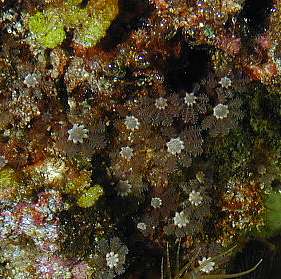 Star polyps (50G 1)
Star polyps (50G 1)
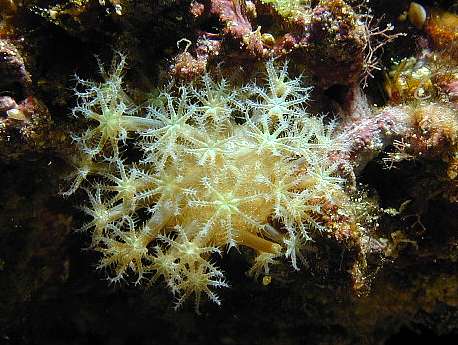
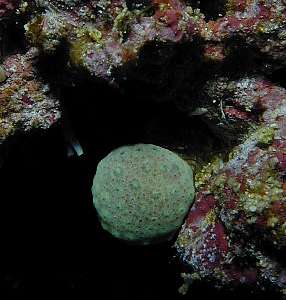 Leather coral , probably Sarcophyton sp. (Family Alyoniidae) Top picture shows the polyps open and bottom picture is with the polyps closed. (60G)
Leather coral , probably Sarcophyton sp. (Family Alyoniidae) Top picture shows the polyps open and bottom picture is with the polyps closed. (60G)
Sarcophyton sp. (Family Alyconiidae) (50G 1)
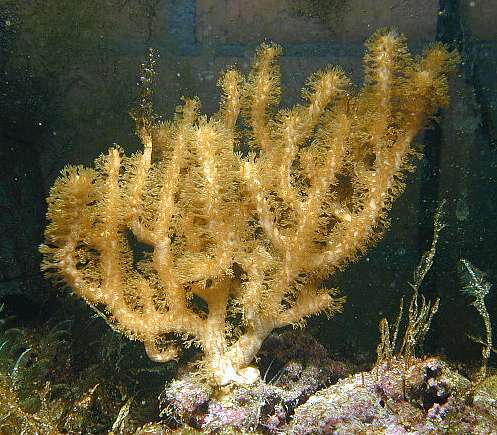
Isis sp. (Family Isididae) (50G 1)
Anemone (60G)
 Glassrose Anemone Aiptaisa sp. (Family Aiptasiidae) (60G)
Glassrose Anemone Aiptaisa sp. (Family Aiptasiidae) (60G)
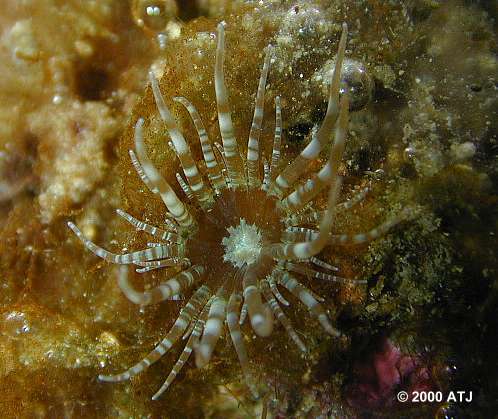 Glassrose Anemone Aiptaisa sp. (Family Aiptasiidae) (50G 1)
Glassrose Anemone Aiptaisa sp. (Family Aiptasiidae) (50G 1)
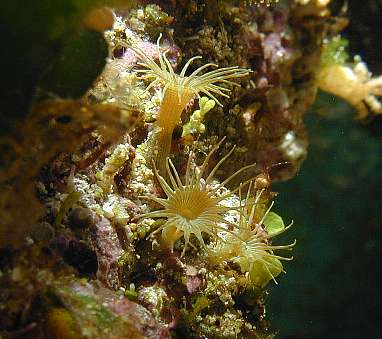
 Yellow long tentacled zoanthids. (60G)
Yellow long tentacled zoanthids. (60G)
 Zoanthid (60G)
Zoanthid (60G)
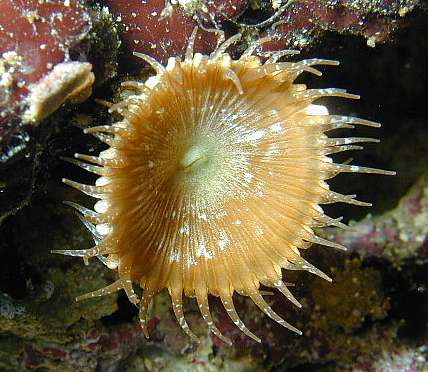 Zoanthid (60G)
Zoanthid (60G)
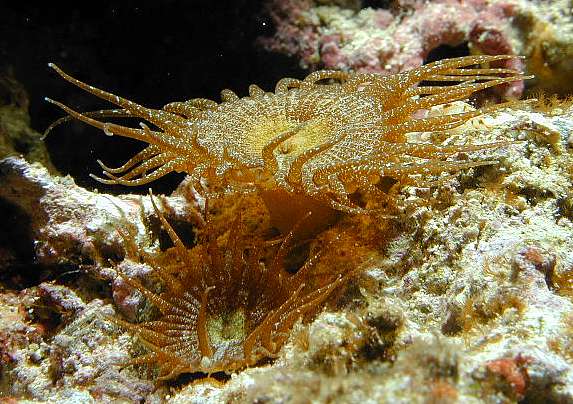 Zoanthids (60G)
Zoanthids (60G)
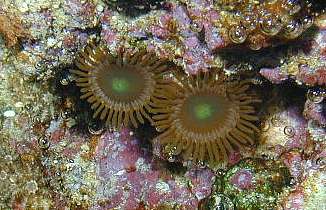 Zoanthids (50G 1)
Zoanthids (50G 1)
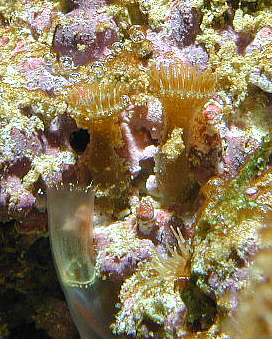 Zoanthids (50G 1)
Zoanthids (50G 1)
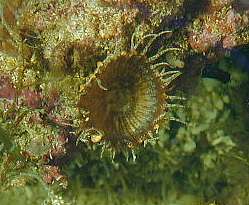 Zoanthid (50G 1)
Zoanthid (50G 1)
These are the most familar corals and the major builders of corals. This is a varied group with different forms from large solitary polyps, such as Fungia, to small branching skeletons with small polyps, such as Acropora.
Veron and Stafford-Smith (2002) is an excellent resource for identifying stony corals as are Veron (1986, 2000).
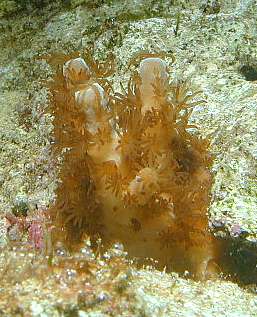 Acropora sarmentosa (Family Acroporidae) (50G 1)
Acropora sarmentosa (Family Acroporidae) (50G 1)
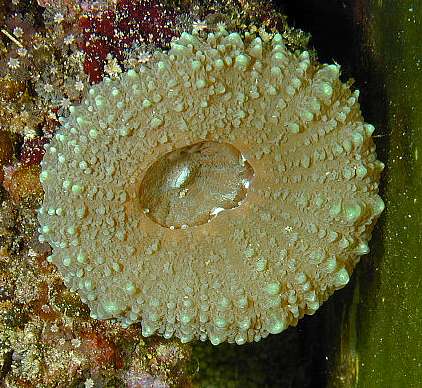
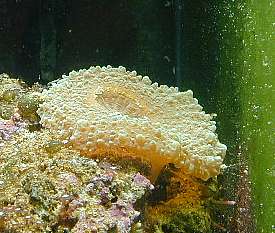 Lobophyllia sp. (Family Mussidae) (50G 1)
Lobophyllia sp. (Family Mussidae) (50G 1)
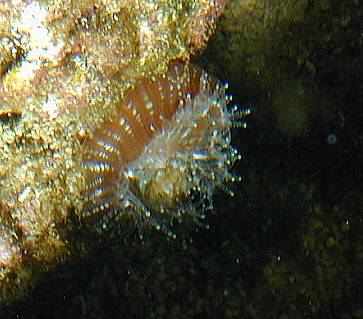 Mussid coral (Family Mussidae) (50G 1)
Mussid coral (Family Mussidae) (50G 1)
 Favia pallida (Family Faviidae) (50G 1)
Favia pallida (Family Faviidae) (50G 1)
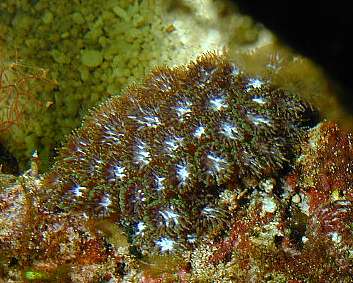 Faviid (Family Faviidae) (50G 1)
Faviid (Family Faviidae) (50G 1)
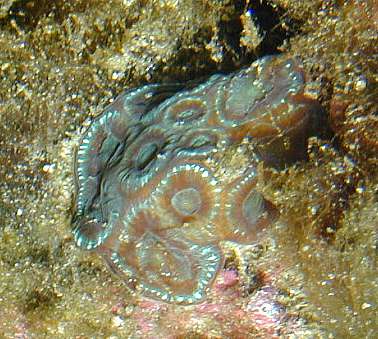 Faviid (Family Faviidae) (50G 1)
Faviid (Family Faviidae) (50G 1)

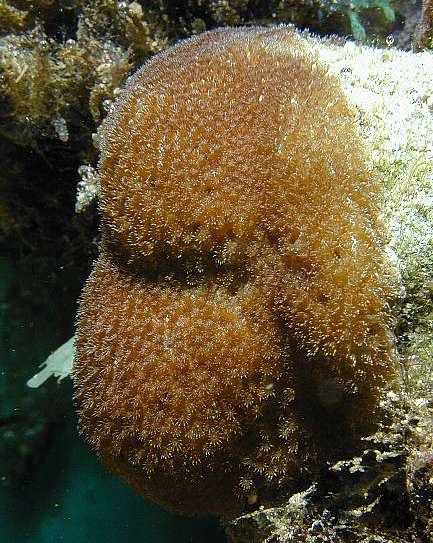 Porites sp. (Family Poritidae) (60G)
Porites sp. (Family Poritidae) (60G)
Fabricius K. and Alderslade P. 2001. Soft Corals and Sea Fans: A comprehensive guide to the tropical shallow-water genera of the Central-West Pacific, the Indian Ocean and the Red Sea. AIMS, Townsville, Australia. 264pp.
Veron J.E.N. 1986. Corals Of Australia And The Indo-Pacific . University of Hawaii Press, Honolulu, Hawaii. 644pp.
Veron J.E.N. 2000. Corals of the World - Volumes 1, 2, 3. Australian Institute of Marine Science, Townsville, Australia. 1382pp.
Veron J.E.N. and Stafford-Smith M. 2002. CORAL ID: An Electronic Key to the Scleractinian Corals of the World. Australian Institute of Marine Science, Townsville, Australia.
Last updated: December 30, 2002